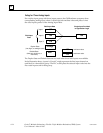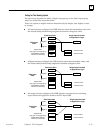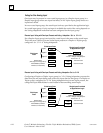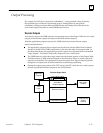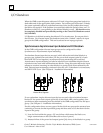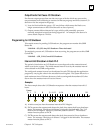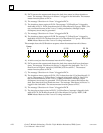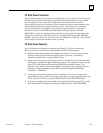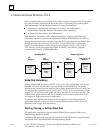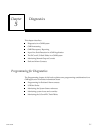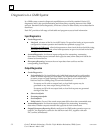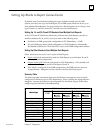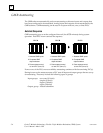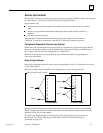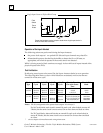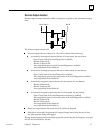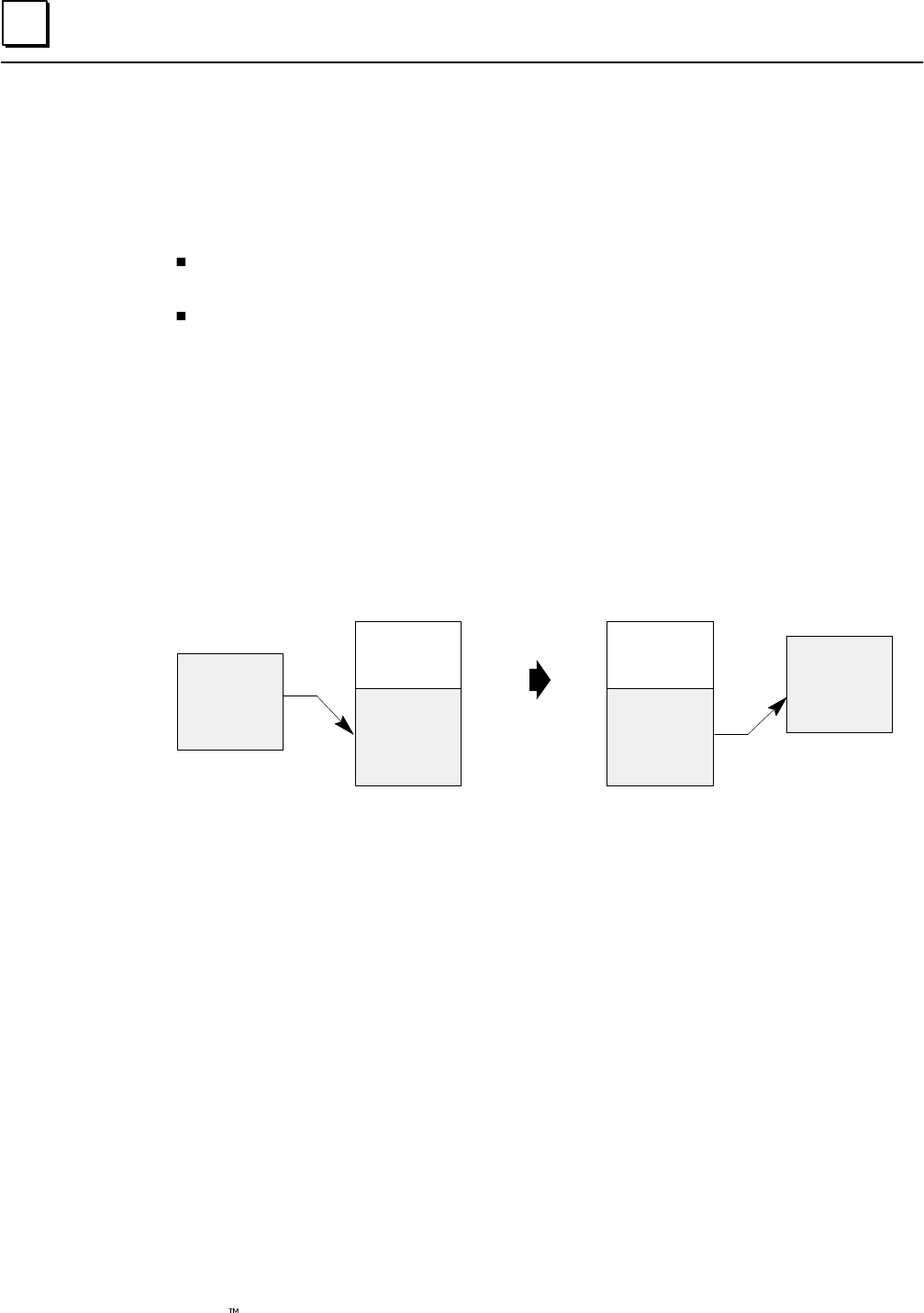
4
4-22 Genius Modular Redundancy Flexible Triple Modular Redundant (TMR) System
User’s Manual – March 1995
GFK-0787B
Communications Between PLCs
Data is transferred between the PLCs in the system using Genius global data. Two busses
are used to transfer duplicate data. While the system is operating, they transfer global
data automatically. This global data includes two types of information:
Application program global data from %G memory. The GMR software
automatically copies this data into %R memory before sending it.
Additional %R data used by the GMR software.
Each scan of the Genius bus, a PLC takes the application program global data it has
copied into %R memory, plus its own additional %R data, and broadcasts it on the bus.
During the same Genius bus scan, when the other PLCs have their turn on the bus, they
send global data in the same way. When a PLC receives Global Data, it copies that
portion of the data that is intended for application program use into %GA, %GB, or
%GC memory (see the Programming chapter for details). The following diagram
summarizes the transfer of GMR global data.
Application
Global
Data
%G
Memory
Application
Global
Data
GMR
Global Data
%R
Memory
Sending PLC
Genius Bus
Application
Global
Data
GMR
Global Data
%R
Memory
Application
Global
Data
%GA, GB. or GC
Memory
Receiving PLCs
Global Data Redundancy
During normal GMR operation, each PLC receives two sets of global data from each of
the other PLCs (one set over each of the two busses mentioned above). The system
defaults to use the data from the first bus (bus a) unless that bus has failed, in which case
the data from the second bus (bus b) will be used). If a PLC loses communications with
another PLC on both busses, the global data from that device is held at its last state. The
GMR software places a fault in the PLC fault table when communications are lost. See
the chapter on Diagnostics for more information.
In addition, the GMR software maintains status flags that can be monitored by the
application program to check the state of communications between PLCs. These are
described in the chapter on Programming.
Entering, Clearing, or Setting Global Data
The application program can read or transmit Global Data as required. Refer to the
Programming chapter for details.
In addition, the application program can use the PLC OK flag to clear or preset the data
as required. This is also described in the Programming chapter.



